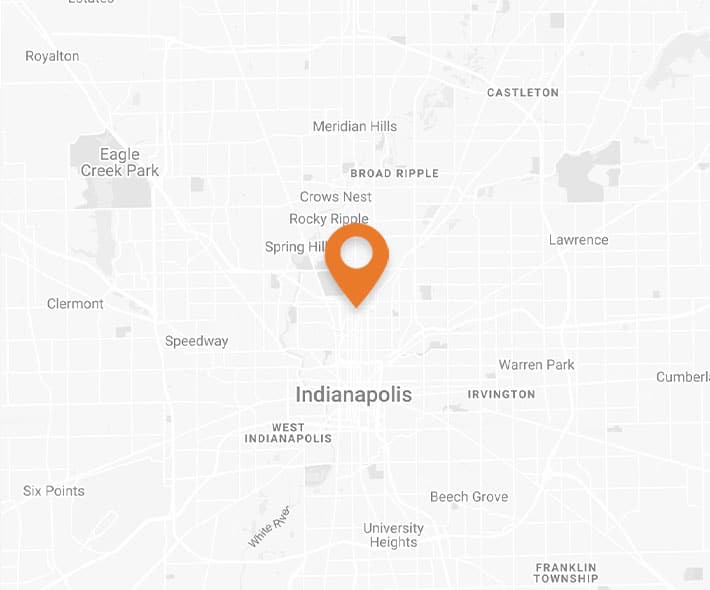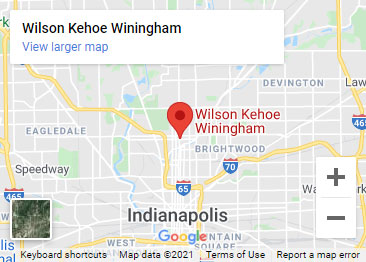No-Fault and Fault Insurance in Indiana: Know the Difference
Updated January 31, 2025 | By Wilson Kehoe Winingham staff
Indiana is NOT a no-fault state for auto insurance. Under Indiana auto insurance law, insurance companies pay damages to drivers depending on each person’s degree of fault. In auto insurance no fault states, liability lawsuits are limited to high-value claims. The experienced auto accident lawyers at Wilson Kehoe Winingham explain the differences between these two types of auto insurance law here.

If you drive, you most likely have automobile liability insurance. Even if you’re the most cautious driver, there’s always a risk of getting into an accident. That’s why it’s a requirement in the United States for drivers to be covered by some state-minimum insurance policy. However, different states have their own laws and standards. Most of these differences concern the right to sue after an accident and determine whether or not benefits are rewarded without regard for who is at fault for a car accident.
There are two types of insurance policies: no-fault insurance and fault insurance. These policies vary slightly by state. Here’s what you need to know to stay up to speed.
What Is No-Fault Insurance?
Also called personal injury protection (PIP) insurance, no-fault insurance settles insurance claims outside of court. No-fault insurance eliminates injury liability claims and lawsuits in smaller courts—with the trade-off being that the insurance company directly pays certain damages. You can recover damages for medical bills and lost wages regardless of who is at fault for the accident.
However, the coverage is limited. There is a limit to the amount you can recover for medical bills and lost income; there is no compensation for pain and suffering, emotional distress, or inconvenience; and you cannot get any money to cover vehicle damage.
Additionally, you can sue outside of a no-fault system. Some states’ no-fault laws allow a driver to file liability claims or lawsuits against the other driver. Through this method, you can obtain compensation beyond your PIP benefits for medical bills and income loss, and it is the only way you can get general damages back after your accident.
Is Indiana a No-Fault State?
No, Indiana is not a no-fault state. Instead, Indiana uses the fault system of auto insurance.
What Is Fault Insurance?
Indiana, along with the majority of other states, has fault (or tort liability) auto insurance. In a tort system, insurance companies pay damages to drivers depending on who was at fault. Some policies will allow you to sue for damages such as medical expenses, lost wages, and pain and suffering. These policies will require that a minimum amount of liability coverage is purchased for car insurance policies, but higher levels of coverage can be purchased. Your policy will pay for the other driver’s expenses when you’re at fault.
In states that don’t have mandatory PIP insurance or don’t offer it, you will have to pay for some of your own expenses after an accident. Usually this will take the form of paying for injuries from your medical payments coverage; any damage to your vehicle or other property damage costs would fall under your collision coverage.
Contact an Automobile Accident Attorney Today
After a car accident, it’s important that you have a strong team on your side. If you or a loved one have been injured as a result of a car accident, contact an Indianapolis auto accident attorney from Wilson Kehoe Winingham. The lawyers at WKW can help you get the compensation you deserve. Call 317.920.6400 or fill out an online contact form for a free, no-obligation case evaluation.
Contact Us
Let WKW put our experience to work for you. Contact us for your free case evaluation.
Or, call us today at (317) 920-6400


